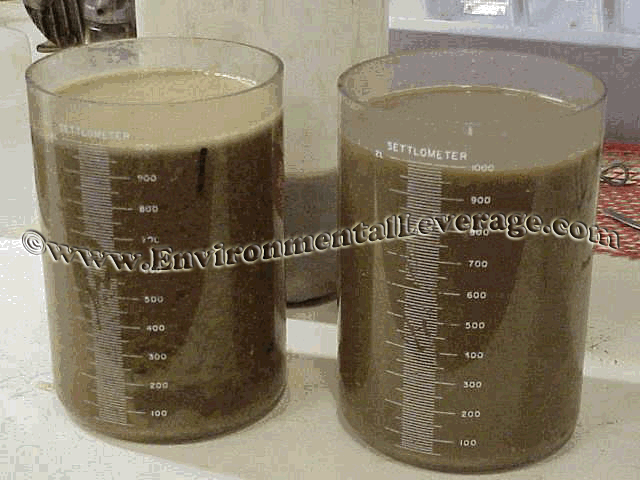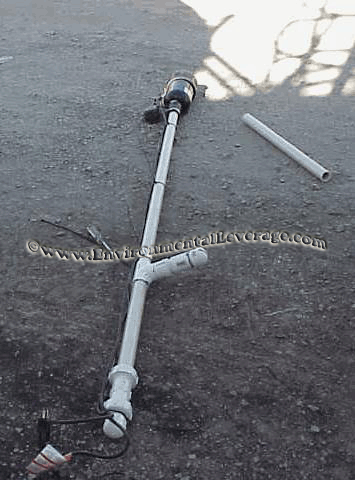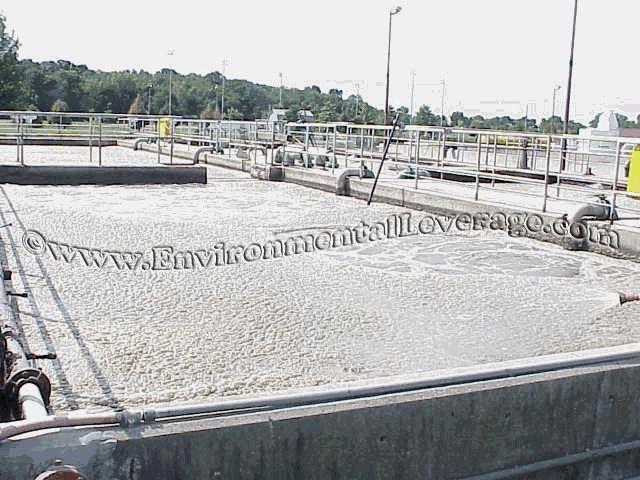Biological Products:
Bioaugmentation products for Wastewater applications in Papermills, Refineries, Chemical, Tanneries, Municipalities, Textiles, Steel, Agriculture, Animal feedlot, Gun Powder plant, Food and Beverage- Dairy Products, Orange Juice factory, Wineries, Cookie factory, Vegetable processing plant, Meat packing, Barbecue Restaurant, Aquaculture, Ornamental Ponds for algae control, CAFO, Nursing homes, Military, Campgrounds, Universities, Regulatory agencies
Lab Services:
Filamentous Identification Lab Service. One reason to identify filaments is to determine the filaments characteristics and then determine the type present. If the type is found out, a root cause can usually be associated with a particular filament. If the cause is known, then a correction can be made to alleviate problems. Chlorination is only a quick fix. Without process changes, filaments will grow back after chlorination. Wastewater Biomass Analyses and Cooling Tower Analyses also available
Training Materials:
Training is an integral part of any job. Not everyone is at the same level of training. Many people want beginning concepts and basics. Some need technical information or troubleshooting. Some want equipment, technology or process information. We have developed a full set of Basic training, Advanced training, Filamentous Identification the Easy Way as well as custom training CD's Manuals. We also provide hands-on training classes and soon will have an Online "E-University".
Audits and Consulting:
At Environmental Leverage® Inc., we have a team of experienced individuals who come into your plant with a fresh pair of eyes. The system is checked from influent to effluent. System optimization, equipment efficiency and operational excellence are key components explored. Key Benefits Equipment efficiency Total Cost of Operation reductions Reliability and safety An onsite audit is conducted to examine system parameters, process controls, and current monitor and control procedures. A physical walk-through is conducted, process flow diagrams are examined, previous design criteria are examined and current standard operating procedures are evaluated along with data logs.
|
New Wastewater Plant Start-upsLatest News!
What's New!
We have just added "Virtual Audits" to our capabilities. Check out our new Services. We are in the process of developing new courses for our ""Online E-University" in order to meet the needs of our global customers that cannot travel to our public classes.Visit our new website www.WastewaterElearning.com/Elearning
New Wastewater Plant Start-ups or starting up after a shutdown
Obviously, the main things to be aware of are the manufacturer's design specs, following all standard operating procedures, and making sure the "Critical 5" are met.
What the engineers don't tell you sometimes is that you cannot always start a new wastewater plant immediately at full-blown speed. This is probably what will happen if you do. . .. . .. High loading and young bugs do not mix well without lots of room to grow..... You will get some serious white billowy foam! You will also have a very high level of turbidity and TSS. BOD levels will still be pretty high in the final effluent.
HHere is a winery what was just starting up a brand new wastewater plant. There were at least 5-6 feet of foam billowing out the top of the aeration basin, out over the top, all over the ground and even out the overflow spout!!!!
There was foam in the sumps, the drains, in the EQ tank and in the final effluent holding tank. Anywhere the bugs could grow, they did and quite happily as you can see by the evidence of crisp white foam. Turns out the winemakers had predicted BOD's of 4-8000 BOD but at the time of the start up of the new plant, they sent down anywhere from 16,000 to 100,000 BOD. A huge change in loading. Winery wastewater is like candy to the bacteria, simple carbons. With more than enough air, nutrients, temperature and a great food source, they grew extremely fast. So fast that tons of foam was generated and spilled up and out of the system./p>
There was even foam coming out of the manhole.
When the bacteria are in a high growth phase and young, there almost always is crisp white foam. With a new wastewater treatment plant start up, in this case with BOD's as high as 20-30,000 and simple sugars from a winery, the bugs were growing like kids in a candy store. During a start-up the levels of the aeration basin must be only at about 1/3 to one half full for the first few days in order to allow room for the foam. As the foam starts to change colors from a crisp white foam to a lighter tan and then to a nice brown color, the levels of the basin can slowly be filled higher to half, 3/4 and then normal operating height. You can always cheat, and add bacteria supplements at a higher dosage to speed up the process along with micronutrients.
Remember that it is always a time and numbers game with bacteria in wastewater treatment. How much time, how many numbers and how much food is there to degrade. The more food, the more time or numbers is needed. Since you are limited by time due to the fixed space allowed in the pieces of equipment in the system and a fixed holding time, the only way to win the game is to change the numbers. You can decrease wasting, play with your RAS or use bacterial supplements.
Here is foam from a papermill wastewater treatment plant that is still young, but not in the start-up phase. You can see the difference in the color of the foam. Definitely light brown.
Below was a wastewater plant start-up at a chocolate manufacturing plant. Again, high foam in the initial start-up phase, although higher doses of initial start-up cultures of bacteria helped reduce the amount of foam and the time of foaming needed to develop a better biomass and more MLSS.
Foam changes color as the bacteria age.
This photo on the right is from a papermill with two aeration basins that had light brown foam. As you can see, the tank on the left had D.O. problems, evident by the instant floating of the solids in the Settleometer to the surface.
Many wastewater treatment plants like to use antifoams. Actually, as a band-aid in a pinch they work, but what they really do is remove the air, which is critical to the bacteria in a high growth phase, so it takes longer for them to get out of the high growth phase and they also can add extra BOD to the water, which can cause an even younger sludge, nutrient deficiency and ever more foam long term, so it is a catch 22 using antifoams.
Alternatives to chemicals are to use mechanical means to spray the
influent or clean water over the foam and use gravity to compress the foam.
Using the influent is the easiest, since you are not diluting the tank with
extra water and shortening the retention time in the systems in you use
additional clean water. Bioaugmentation also is easier, and cheaper to use
than antifoams or chemicals and is more natural.
Alternatives to chemicals are to use mechanical means to spray the influent or clean water over the foam and use gravity to compress the foam. Using the influent is the easiest, since you are not diluting the tank with extra water and shortening the retention time in the systems in you use additional clean water.
This was a trial for a chocolate factory wastewater treatment plant and again, influent spray was used to knock down the foam. Side benefits of doing that are it kept down the temperature a little bit, circulated and mixed the aeration basin and helped add a little bit more D.O. to the system as opposed to using chemical antifoams.
Some wastewater plants use spray for older plants with foaming as a physical control
method instead of using antifoams.
If you have an activated sludge wastewater plant, many times minor process changes coupled with close monitor and control of the biomass can help quicken upset recovery or just increase process efficiency. Not all wastewater plants need biological additives. Some just need to improve the "critical 5" parameters.
Some wastewater treatment plants have constantly changing influents. No matter how great a control they have, their biomass is in constant flux. Sometimes adding a biological product or micronutrients can help stabilize and increase the efficiency of the biomass.
Bioaugmentation Benefits: Key Benefits:
Biological Products By Activation:
**Bioaugmentation Programs include technical support, computer based training and long term programs include occasional complimentary Wastewater Biomass Analyses of your system.
For More information on Products:Biological Products, Descriptions, Usage and Applications Case HistoriesBiological Products for use in Wastewater Applications for Bioengineering and Bioaugmentation
Biological Wastewater Treatment Products
How are your bugs doing?
|


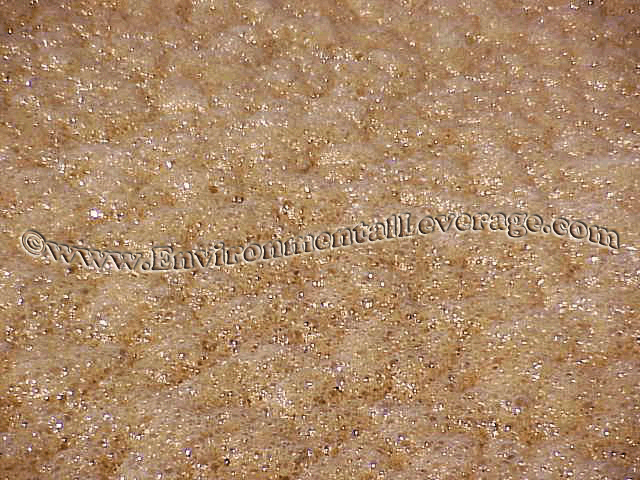
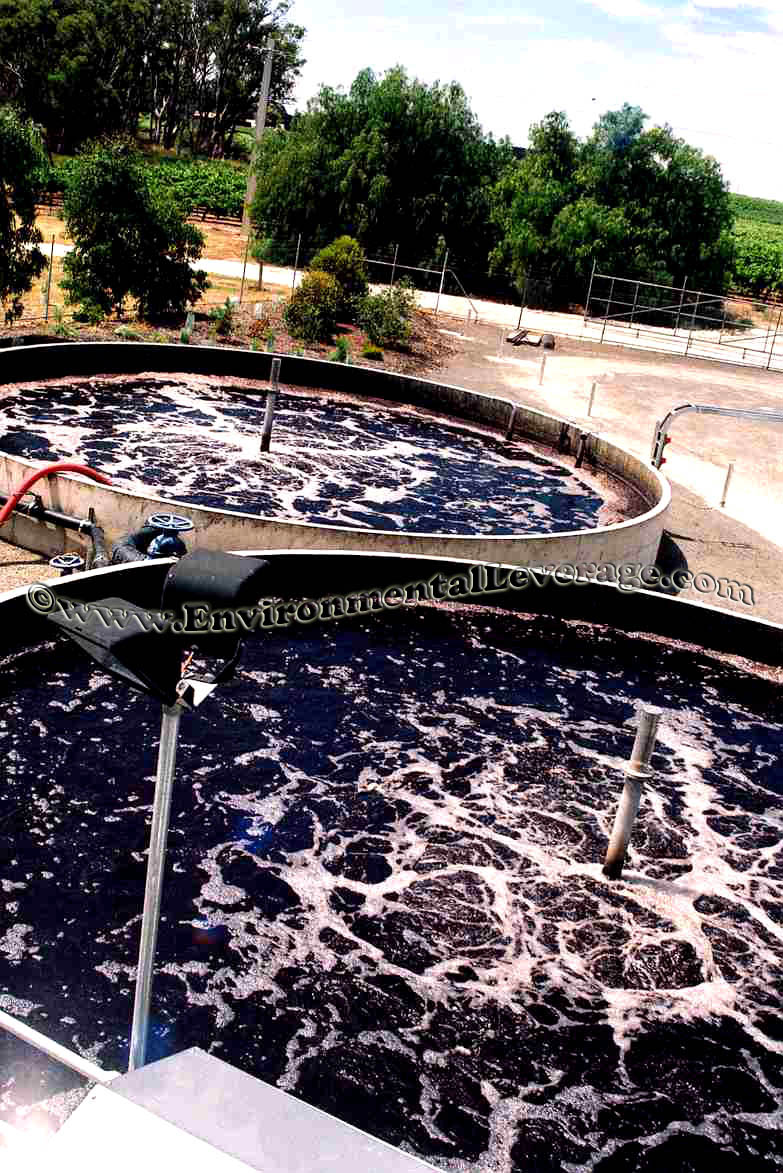
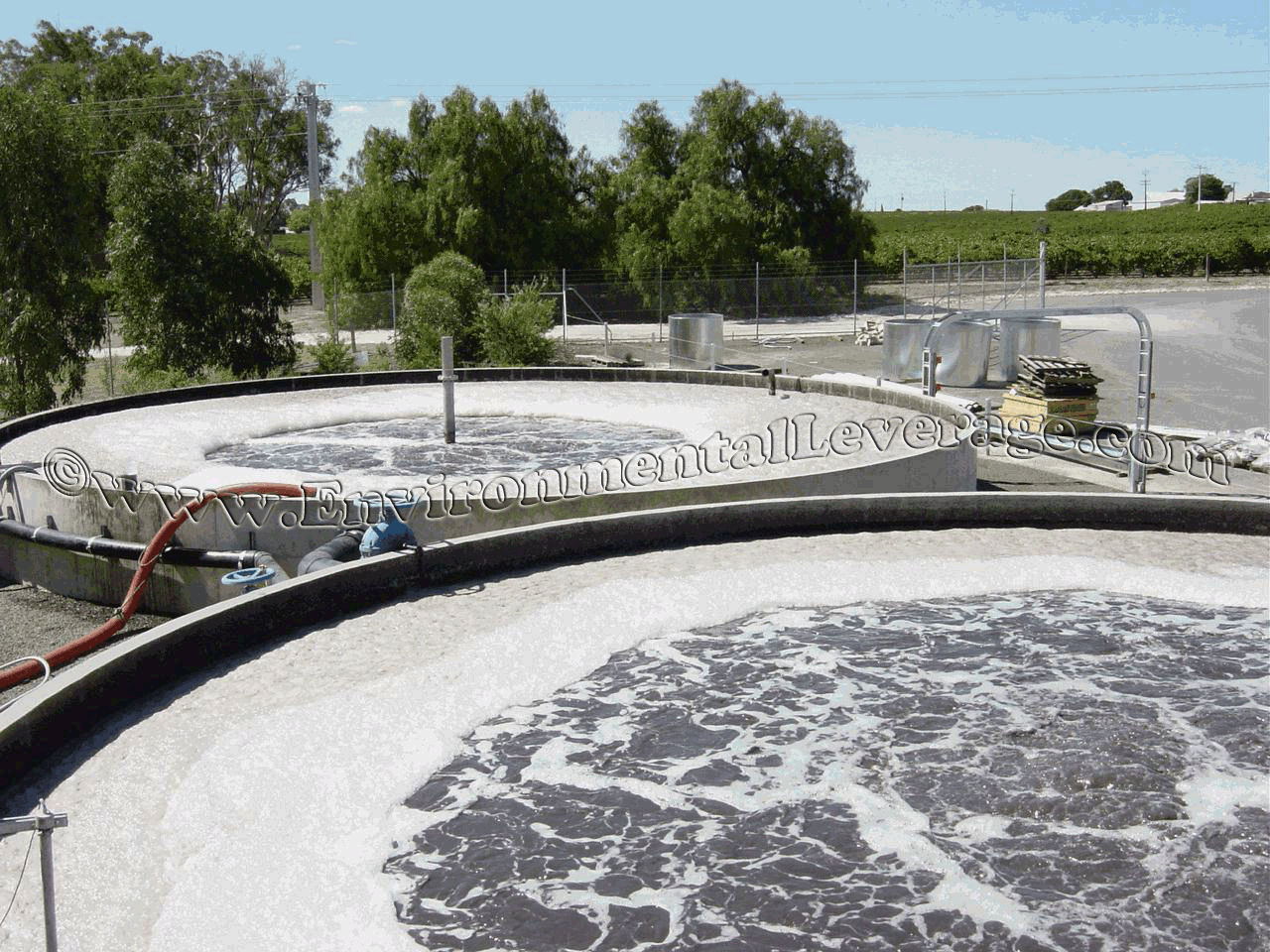 on the left, which was the younger phase with the higher BOD and F/M ratios.
Always look at the foam, it can tell you what is going on. Correlate that to
your Settleometer data, and your microscopic and you should be able to
fine-tune your wastewater treatment plant.
on the left, which was the younger phase with the higher BOD and F/M ratios.
Always look at the foam, it can tell you what is going on. Correlate that to
your Settleometer data, and your microscopic and you should be able to
fine-tune your wastewater treatment plant.